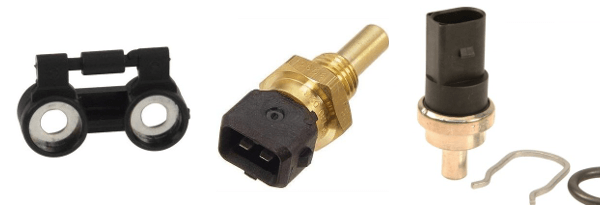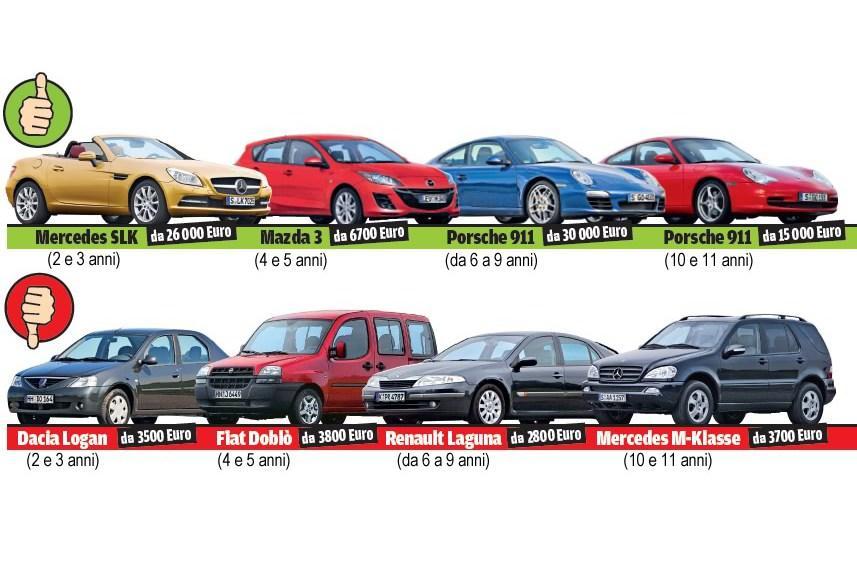
P0181 Fuel temperature sensor “A” signal is out of range
Content
P0181 – OBD-II Trouble Code Technical Description
Trouble code P0181 indicates a problem with the fuel temperature sensor “A”.
What does the fault code mean P0181?
Trouble code P0181 indicates that the engine control module (ECM) has detected that the fuel temperature sensor “A” reading or performance is outside the range specified by the vehicle manufacturer.
Possible reasons
Possible causes of DTC P0181:
- Defective fuel temperature sensor: The sensor may be damaged or fail due to wear or corrosion.
- Problems with the sensor electrical circuit: Opens, short circuits or damaged wiring can cause low voltage at the sensor.
- Problems with the sensor connector: Poor contact or oxidation in the sensor connector may result in low voltage.
- Problems with the fuel supply system: Insufficient fuel temperature in the system or problems with the fuel pump can cause low voltage at the sensor.
- Problems with the car's electrical system: The voltage at the sensor may be low due to problems with the battery, alternator, or other electrical system components.
These are the main reasons that can lead to the P0181 trouble code, but to accurately determine the cause, it is recommended to conduct a detailed diagnosis using specialized tools and equipment.

What are the symptoms of a fault code? P0181?
Symptoms for DTC P0181 may include:
- Unstable engine performance: Unstable engine operation may occur due to incorrect operation of the fuel injection system.
- Difficulty starting: If there is a problem with the fuel temperature sensor, the vehicle may have difficulty starting.
- Reduced performance: In some cases, the vehicle may exhibit reduced performance due to improper operation of the fuel injection system.
- Increased fuel consumption: Incorrect fuel temperature sensor readings can lead to increased fuel consumption due to incorrect operation of the injection system.
- Errors may appear on the instrument panel: Trouble code P0181 usually causes the Check Engine light to illuminate on your instrument panel.
How to diagnose a fault code P0181?
To diagnose DTC P0181, the following steps are recommended:
- Checking wiring and connections: Check the wiring and connectors connecting the fuel temperature sensor to the engine control module (ECM). Make sure the connections are secure and there is no damage or oxidation of the contacts.
- Checking the sensor resistance: Using a multimeter, measure the resistance of the fuel temperature sensor at room temperature. Compare the obtained value with the technical characteristics specified by the manufacturer.
- Checking the supply voltage: Make sure the fuel temperature sensor is receiving sufficient supply voltage. Measure the voltage on the sensor power wire with the ignition on.
- Checking the sensor heating element (if necessary): Some fuel temperature sensors have a built-in heating element for operation in cold conditions. Check its resistance and performance.
- Check ECM: If all previous steps fail to identify the problem, the engine control module (ECM) itself may be faulty. In this case, a professional diagnosis and possibly replacement of the ECM will be required.
Please note that the exact diagnostic method may vary depending on the specific make and model of the vehicle.
Diagnostic errors
When diagnosing DTC P0181, the following errors may occur:
- Misinterpretation of data: Incorrect understanding or interpretation of fuel temperature sensor data may result in incorrect diagnosis. It is important to correctly interpret the resistance or voltage values obtained when testing the sensor.
- Problems with wiring and connections: Insufficient attention to checking wiring and connectors may result in incomplete or incorrect diagnosis. Loose connections or damaged wires may be missed, leading to an erroneous conclusion.
- Malfunctions of other components: Certain other components of the fuel injection system or electronic control system may cause P0181. For example, a faulty ECM or problems with power circuits can lead to a misdiagnosis.
- Incorrect replacement of parts: Replacing the fuel temperature sensor without performing a full diagnosis and identifying the correct cause may result in unnecessary expenses and failure to correct the problem.
- Lack of special equipment: Some diagnostic procedures require specialized equipment, such as a multimeter or scanner, which may not be available at home or without professional experience.
To prevent these errors, it is important to carefully follow diagnostic guidelines, use the correct tools, and seek help from a qualified professional when necessary.
How serious is the fault code? P0181?
Trouble code P0181 indicates problems with the fuel temperature sensor. Depending on what temperature the sensor reports, the ECM (engine control module) may make incorrect decisions regarding the fuel/air mixture, which can result in poor engine performance, poor performance, and increased fuel consumption. Although this is not a critical failure, it can have negative consequences on engine performance and maintenance requirements. Therefore, the P0181 code must be carefully reviewed and resolved to prevent further engine performance problems.
What repair will help eliminate the code? P0181?
To resolve DTC P0181, follow these steps:
- Checking the fuel temperature sensor: The fuel temperature sensor may be damaged or have abnormal characteristics. Check it for damage and test its resistance at different temperatures using a multimeter.
- Replacing the sensor: If the fuel temperature sensor is faulty, please replace it with a new one compatible with your vehicle.
- Checking wiring and connections: Check the wiring and connectors connecting the fuel temperature sensor to the ECM. Make sure that the wiring is not damaged and that all connections are secure.
- Check ECM: In rare cases, the cause may be a faulty ECM. If all other components have been checked and are in good working order, the ECM must be further diagnosed and, if necessary, replaced.
- Clearing errors and rechecking: After repairs are completed, clear the DTC from the ECM using a scan tool or disconnect the battery for a few minutes. After this, recheck the system for errors.
It is important to note that diagnostics and repairs should be carried out by a specialist or qualified auto mechanic, especially if you are not confident in your skills in working with automotive systems.
P0181 – Brand-specific information
Information about the P0181 trouble code may vary depending on the vehicle manufacturer and model, but below are some possible brand-specific definitions:
- Ford, Mazda: Fuel temperature sensor “A” – low input voltage
- Chevrolet, GMC, Cadillac: Fuel Temperature Sensor “A” - Range/Performance
- Toyota, Lexus: Fuel temperature sensor “A” - range/performance
- Honda Acura: Fuel temperature sensor “A” – low input voltage
- Nissan, Infiniti: Fuel temperature sensor - signal below the lower threshold
- BMW, Mini: Fuel temperature sensor - low input voltage
- Volkswagen, Audi, Skoda, Seat: Fuel temperature sensor - low signal level
The exact meaning and causes of the error may vary depending on the model and year of the vehicle. It is recommended that you consult the specific manufacturer's service documentation for more accurate information.
